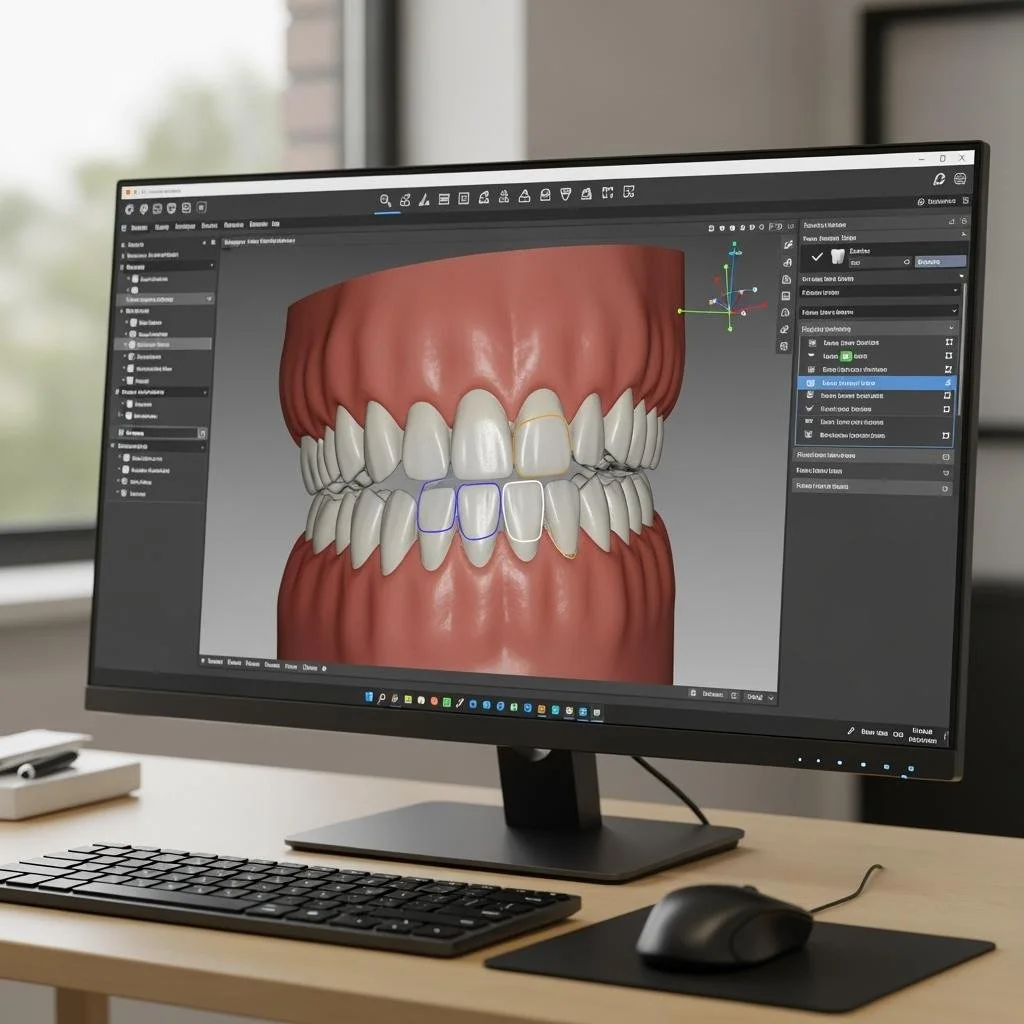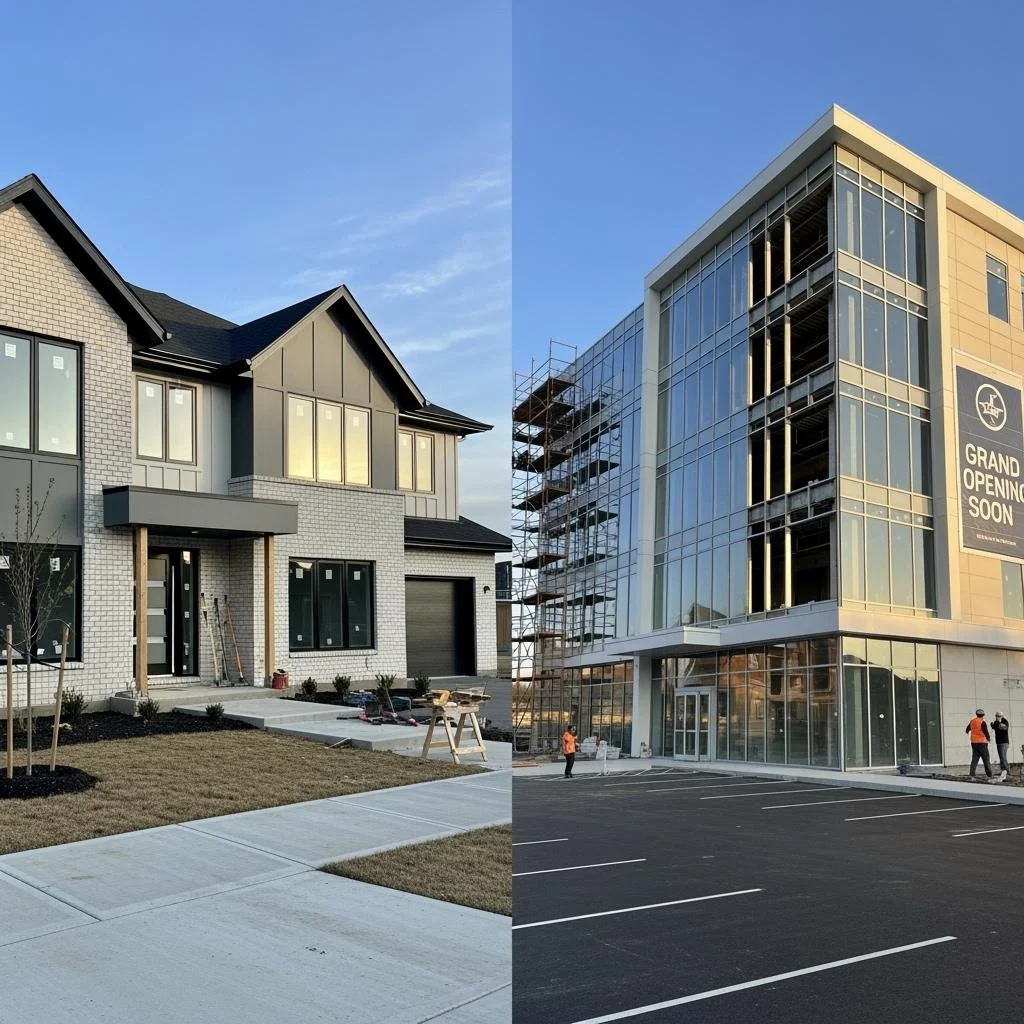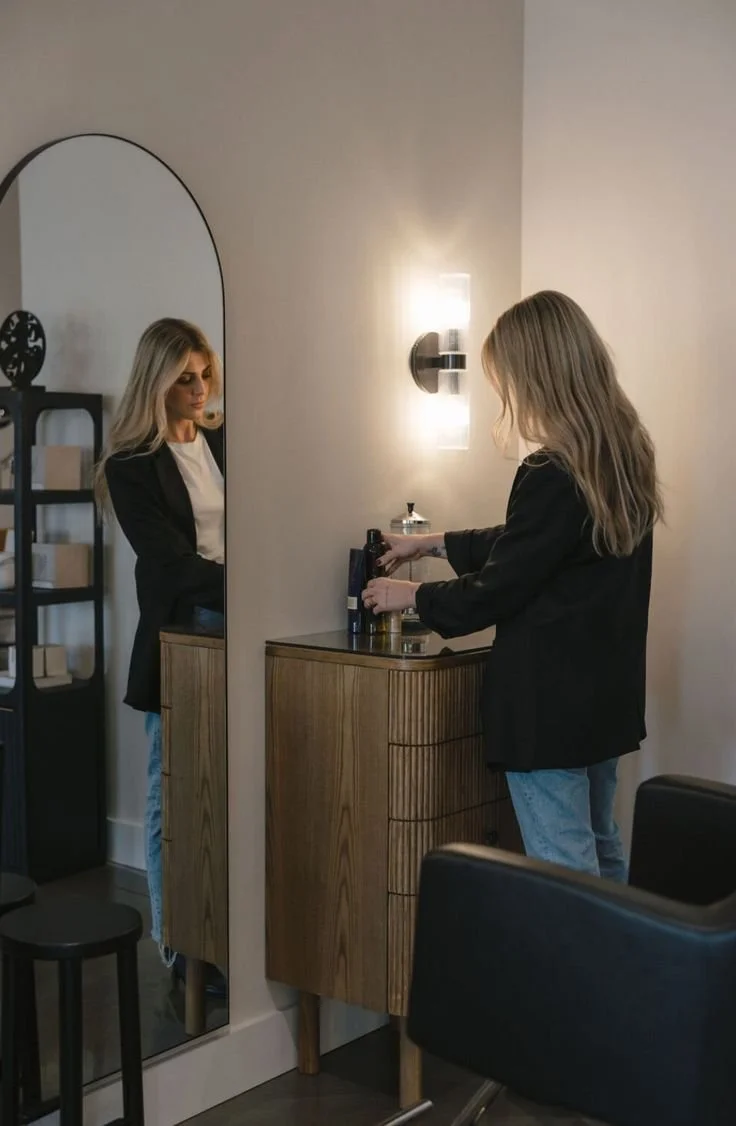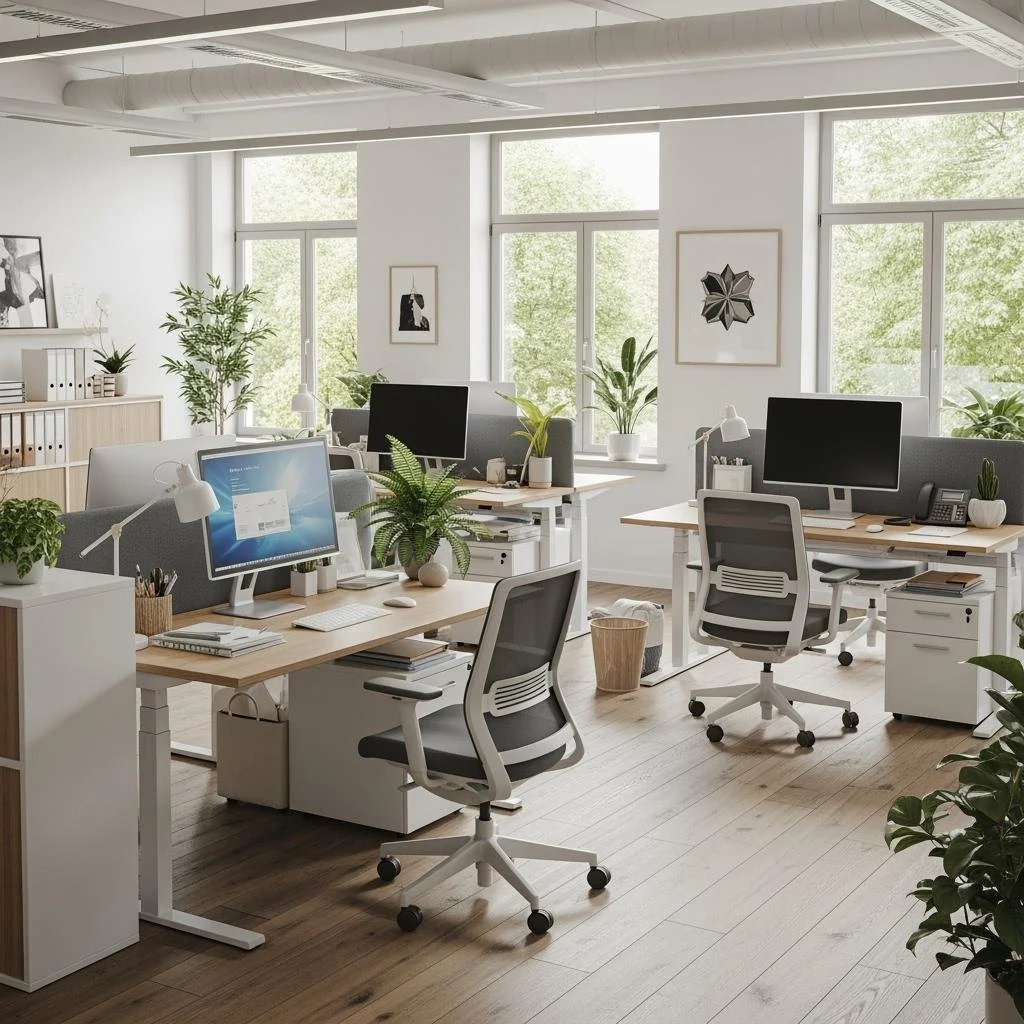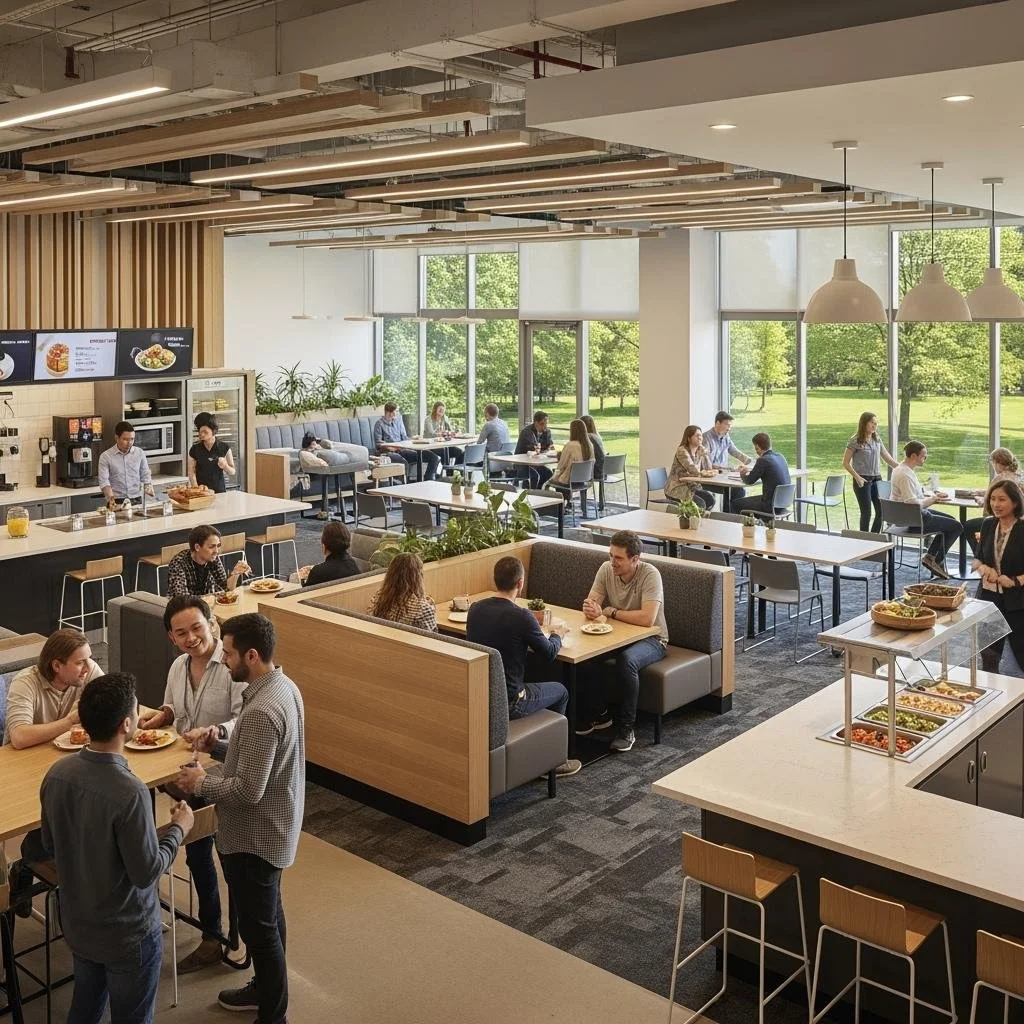Employee Well-being And Performance: The Impact Of Office Chair Design
The modern workplace is evolving, emphasizing creating environments that foster employee well-being and enhanced performance. Amidst various factors influencing the work experience, the often-overlooked office chair plays a pivotal role in shaping employees' physical and mental health.
In this article, we explore the significant impact of office chair configuration on employee health and productivity in the context of workplace safety and ergonomic environments.
No. 1
Ergonomic Excellence
Ergonomics is more than just a buzzword; it's a fundamental principle that underpins the design of office chairs.
Ergonomic seating plays a crucial role in maintaining comfort and productivity across different environments. The design requirements often vary depending on where the chair is used — from office workstations to manufacturing floors.
For example, in high-demand environments such as warehouses or assembly areas, durable and adaptable industrial seating solutions are essential. These chairs are engineered to provide comfort while withstanding long hours of use, heavy wear, and varying working conditions.
Ergonomically designed chairs are crafted with the human body in mind, promoting optimal comfort and support. Features such as lumbar support, adjustable armrests, and seat height contribute to maintaining a natural posture, reducing the risk of musculoskeletal issues, and enhancing overall well-being.
No. 2
Preventing Health Issues
Prolonged sitting periods can lead to many health issues, including back pain, stiffness, and poor circulation.
The design of office chairs directly influences these outcomes. Chairs that prioritize ergonomics help prevent health issues by supporting proper spinal alignment, improving blood circulation, and reducing the strain on muscles and joints.
No. 3
Enhancing Concentration and Focus
The comfort provided by well-designed office chairs directly impacts employee focus and concentration.
Chairs that offer proper lumbar support and adjustable features allow individuals to sit comfortably for extended periods without distraction. This heightened focus contributes to improved task performance and overall productivity.
No. 4
Promoting Healthy Posture
A chair that encourages healthy posture contributes to the overall well-being of employees.
Poor posture can lead to fatigue, discomfort, and even chronic health issues. Well-designed office chairs with features like lumbar support and adjustable seat height promote healthy posture, reducing the strain on the spine and muscles.
No. 5
Reducing Stress and Discomfort
Uncomfortable seating arrangements can contribute to stress and discomfort, impacting physical and mental health.
The right office chair design considers the need for comfort, providing an inviting space for employees to carry out their tasks. This stress reduction contributes to a positive work environment.
No. 6
Customization for Individual Needs
Employees come in various shapes and sizes; a more than one-size-fits-all approach to office chair design is required.
Chairs that allow customization cater to individual needs, ensuring each employee can personalize their seating experience. This level of customization contributes to a sense of ownership over one's workspace, promoting a positive and comfortable atmosphere.
No. 7
Encouraging Movement and Flexibility
The design of office chairs can hinder or encourage movement within the workspace.
Chairs with swivel bases, casters, and adjustable features enable employees to move and change their positions throughout the day. This flexibility contributes to physical well-being and stimulates a more dynamic and engaged work environment.
No. 8
Long-Term Health and Productivity
Investing in well-designed office chairs is an investment in the long-term health and productivity of the workforce.
The initial cost is offset by reduced health-related issues, decreased absenteeism, and improved overall performance. The long-term benefits of prioritizing employee well-being through thoughtful chair design are evident in sustained productivity and job satisfaction.
No. 9
Boosting Employee Morale
The design of office chairs extends beyond functionality; it contributes to the overall aesthetics of the workspace.
Chairs with stylish and modern designs can boost employee morale by creating a visually appealing and inviting environment. This positive atmosphere enhances the overall work experience, fostering a sense of pride and satisfaction among employees.
No. 10
Fostering a Culture of Well-being
The design of office chairs is a tangible reflection of an organization's commitment to employee well-being.
When employees see that their comfort and health are prioritized through thoughtfully designed seating solutions, it fosters a culture of well-being. This commitment resonates throughout the organization, contributing to a positive and supportive workplace culture.
Takeaways
The impact of office chair design on employee well-being and performance is profound and far-reaching. From preventing health issues and promoting healthy posture to enhancing concentration and fostering a culture of well-being, the right chair design goes beyond mere functionality. As organizations recognize the integral role of office chairs in shaping the work experience, they pave the way for a healthier, more comfortable, and ultimately more productive workplace.
To support employee well-being and drive business success, discover GoJo's wellbeing platform, which offers a comprehensive solution that integrates health and engagement into the workplace. By leveraging gamified challenges and rewards, GoJo motivates teams to prioritize their physical and mental health, ultimately enhancing productivity and fostering a positive work culture.
Businesses that adopt such well-being platforms often see significant improvements in employee morale, health outcomes, and overall performance. Integrating a well-being platform like GoJo into your corporate strategy can help attract top talent and retain a motivated workforce, leading to sustained growth and success.



